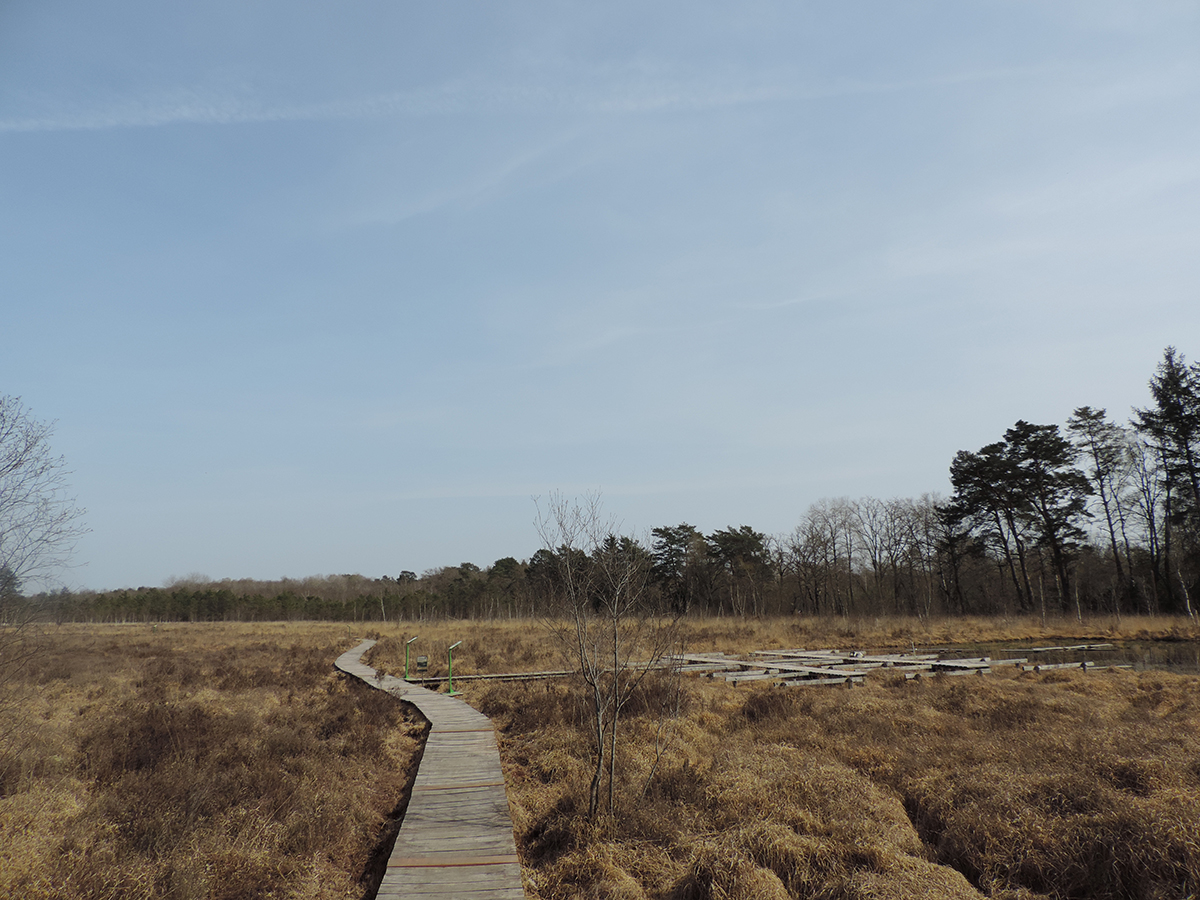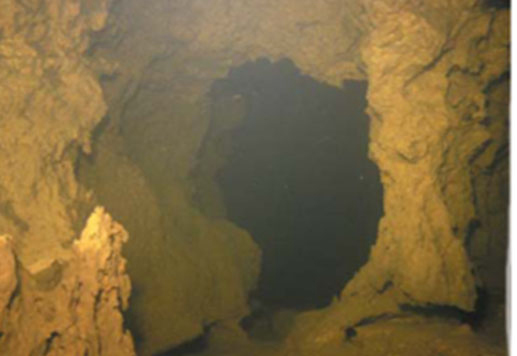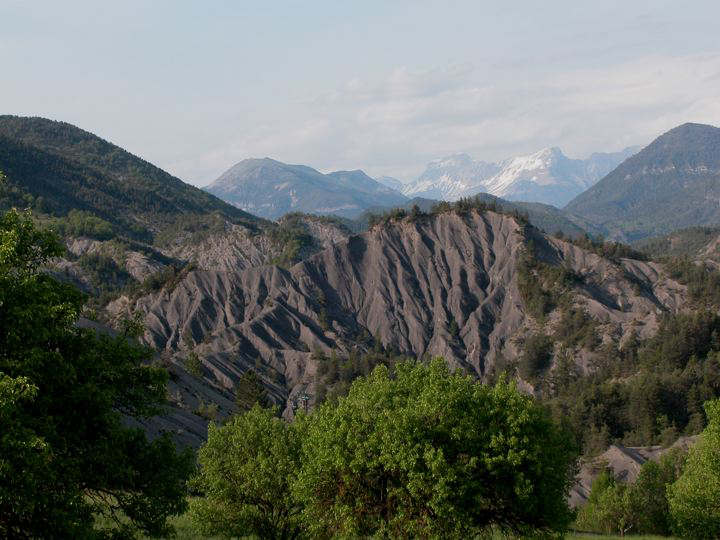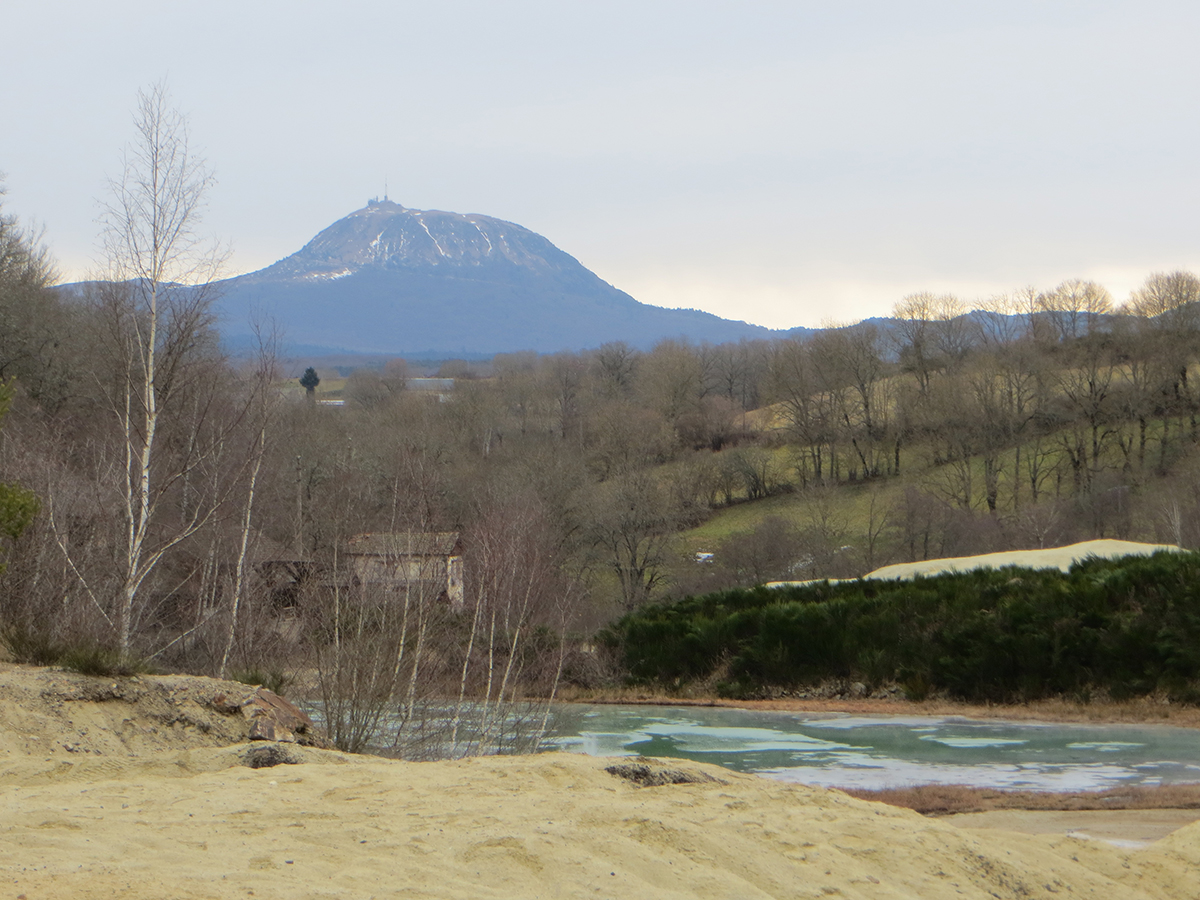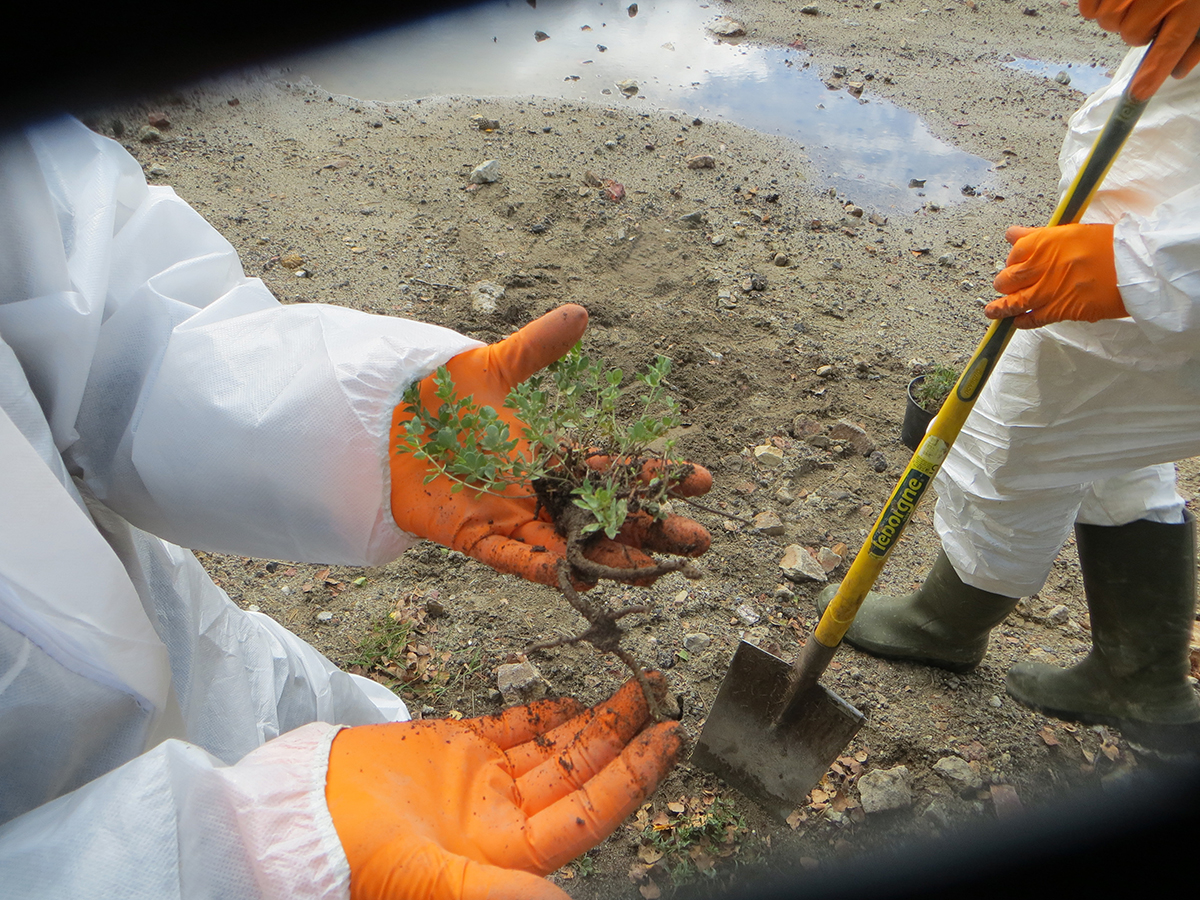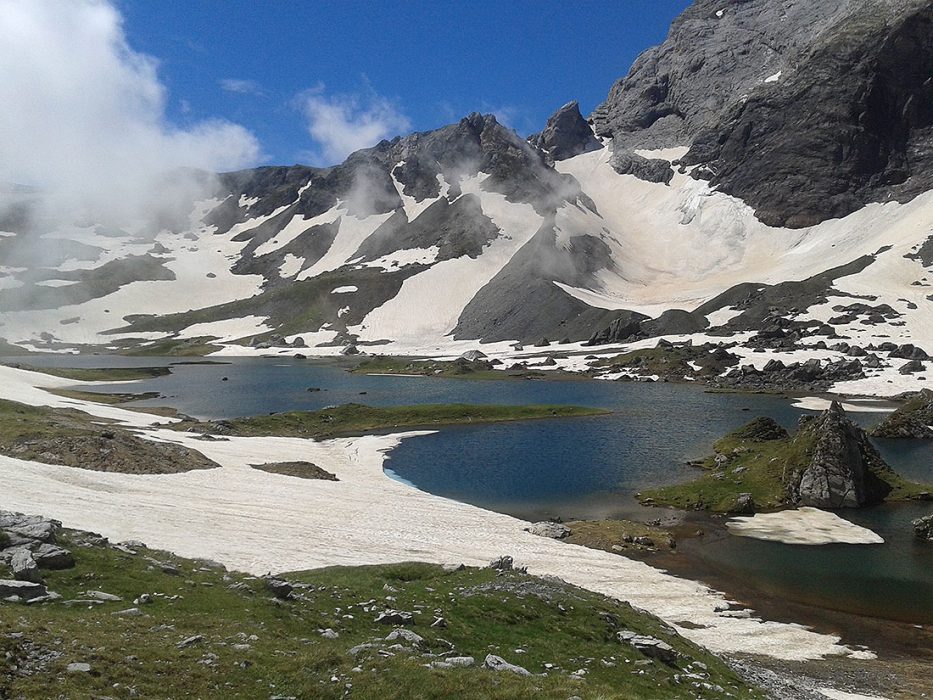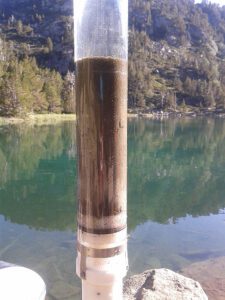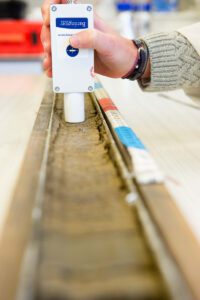ISTO, UMR 7327,
Univ Orléans, CNRS, BRGM, OSUC, F-45071 Orléans, France

Continental Biogeosystems
- Home
- Groups
- Energy & Environmental Geosciences
- Continental Biogeosystems
The main objective of our group is to understand and hierarchize the importance of physical, chemical and biological processes driving the evolution and the behavior of continental ecosystems, with the aim of understanding past, current and future human/climate/environment interactions. We are particularly interested in characterizing “hot moments” and “hot spots” responsible for drastic changes in systems dynamics.
More specifically, we strive:
- to quantify fluxes and energy/matter budgets (in relation with the biogeochemical cycles of elements) in hydrosystems (karsts), wetlands (peatlands) and watersheds;
- to quantify and to prioritize long and short-term climate and anthropogenic influences on terrestrial ecosystem;
- to establish long and medium-term environmental diagnosis of the evolution of contaminated sites (soils, sediments, waters), in order to understand the reactivity and mechanisms of interactions between contaminants and lamellar materials, and then to rehabilitate these systems using phytomanagement techniques.
Flux quantification and modeling
We quantify and model fluxes of matter (water, gas, aqueous species, particulate matter) in watersheds. We are especially interested in the local dynamics of wetlands, karstic systems and peri-urban areas. We are PI of four sites of the “Service National d’Observation Tourbières” (SNO, Peatlands, SNO Tourbières), one site of the “Service National d’Observation Karst” (SO Karst) and one site of the “Zone Atelier Loire” (ZAL, OBSCUR).
Characterization and remediation of contaminated environments
We investigate the use of specific plants and hybrid organo-clay materials to mitigate contaminants migration in soils, sediments and aquatic systems.
Quantification of climate and anthropogenic influences on terrestrial ecosystems
We quantify and hierarchize the relative influence of climate and anthropogenic activities on the evolution of continental ecosystems. The study of Holocene and most recent sediments makes it possible to decipher the various responses of continental biogeosystems in the presence of perturbations such as greenhouse gas emission, organic and inorganic contaminants deposition and migration and erosion processes.
Tracers and contaminants
The study of tracers and contaminants has been developed continuously since the creation of the lab with a clear focus on the dynamics of organic matter in surficial environments.
Rhizosphere-Soil Interactions
We study the influence of rhizosphere :
- on carbon cycling with a clear focus on vascular plants and greenhouse gas net production in wetlands and watersheds;
- and on phytostabilization of metals and metalloids in contaminated soils.




